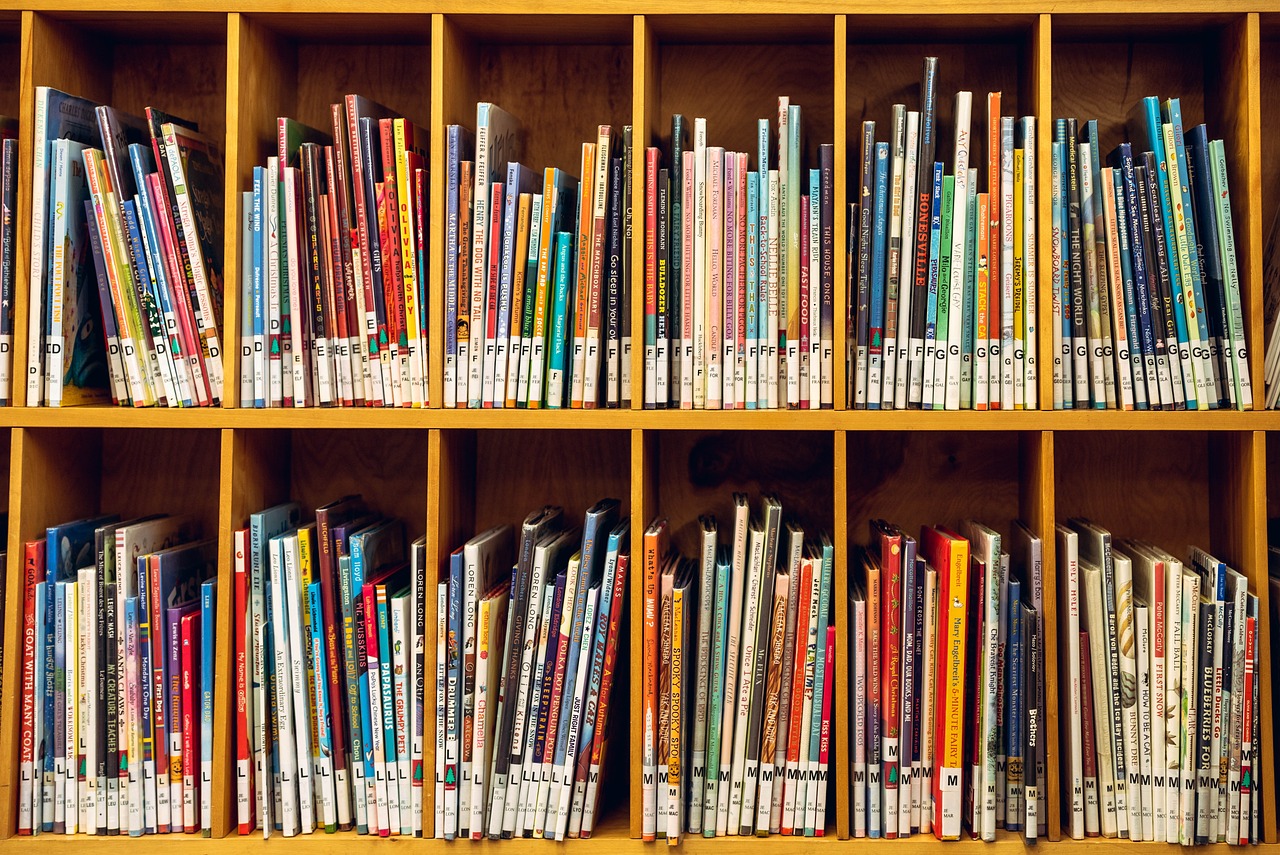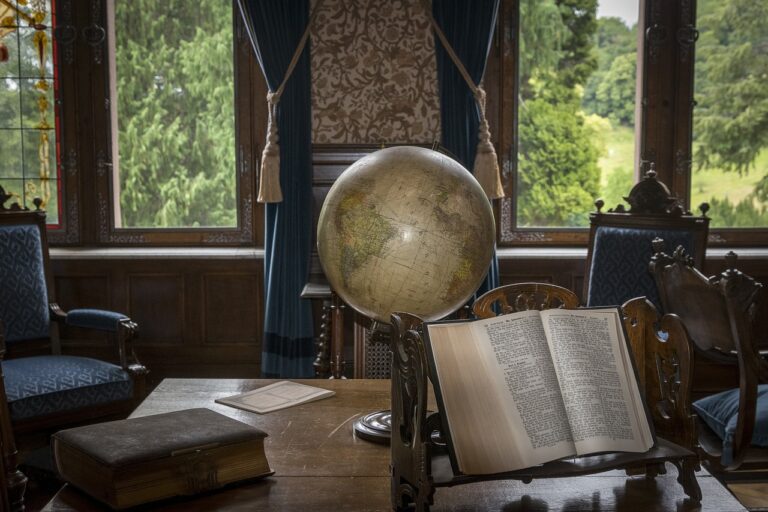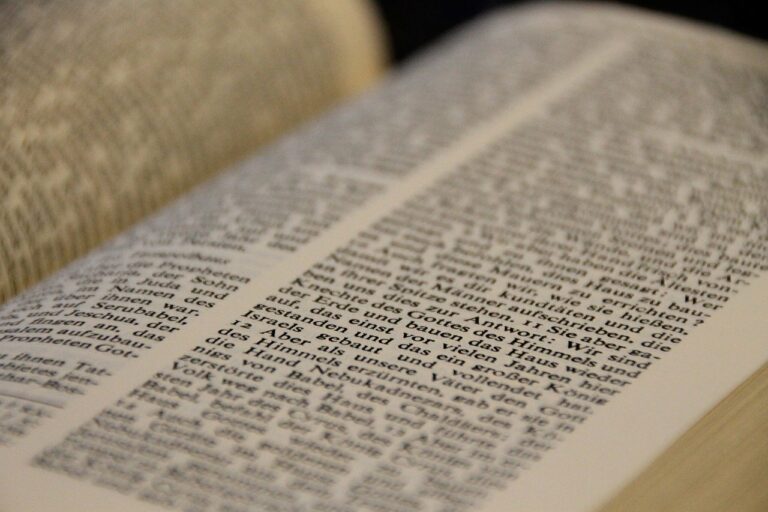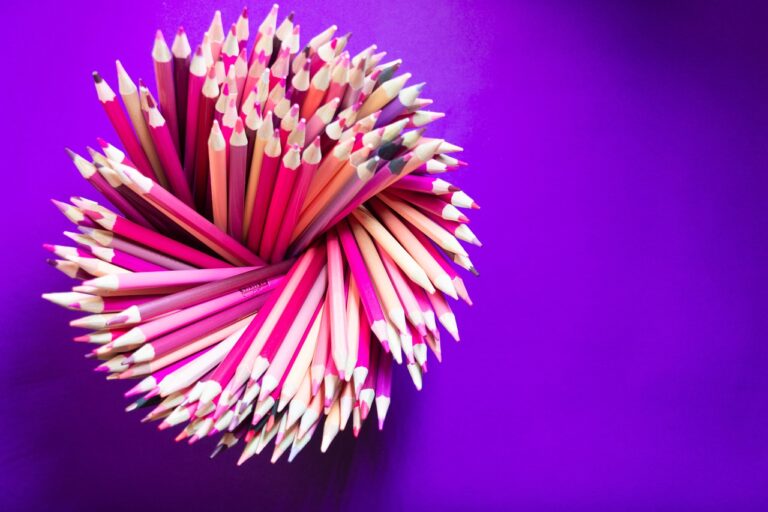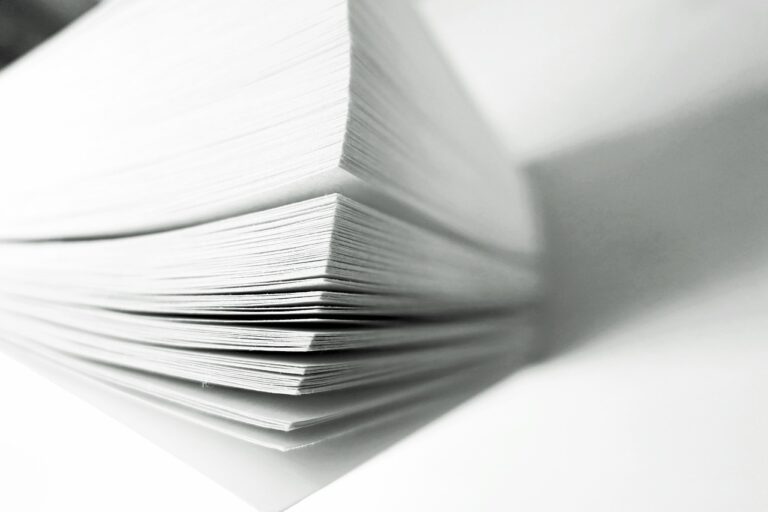Balancing Standardized Testing and Authentic Assessment Methods: Betbhai9, Playexch in login, Lotus 365.vip
betbhai9, playexch in login, lotus 365.vip: When it comes to assessing students’ knowledge and skills, educators often grapple with the balance between standardized testing and authentic assessment methods. Standardized tests have been a long-standing tradition in education, providing a snapshot of students’ performance on a standardized scale. On the other hand, authentic assessment methods focus on real-world application of knowledge and skills, providing a more holistic view of a student’s abilities. So how can educators strike a balance between these two approaches?
Assessing the Situation
Before diving into the specifics of balancing standardized testing and authentic assessment methods, it is essential to understand the strengths and weaknesses of each approach. Standardized testing provides a consistent measure of student performance across a large population, making it easier to compare students, schools, and districts. However, standardized tests often do not capture the full range of students’ abilities and may not reflect real-world skills. Authentic assessment methods, such as projects, presentations, and portfolios, offer a more comprehensive view of students’ abilities but can be time-consuming to evaluate and may lack consistency.
Finding the Middle Ground
One way to balance standardized testing and authentic assessment methods is to use a combination of both approaches. By incorporating elements of authentic assessment into standardized tests, educators can provide a more holistic view of student performance. For example, including open-ended questions or performance tasks in a standardized test can help assess students’ problem-solving and critical thinking skills.
Another strategy is to use authentic assessment methods to supplement standardized testing. By incorporating projects, presentations, and portfolios into classroom assessments, educators can assess students’ abilities in a more comprehensive and authentic way. This approach can help students develop real-world skills and demonstrate their understanding of concepts in a meaningful context.
Embracing Diversity
It is also essential to recognize that not all students excel in traditional standardized testing formats. Some students may struggle with test anxiety or have learning differences that impact their performance on standardized tests. Authentic assessment methods offer a more inclusive approach to assessing student learning, allowing students to demonstrate their knowledge and skills in ways that align with their strengths.
FAQs
Q: How can educators ensure that authentic assessment methods are reliable and valid?
A: Educators can establish clear criteria and rubrics for authentic assessments to ensure consistency and validity. Providing training for teachers on how to evaluate authentic assessments can also help maintain reliability.
Q: How can educators address concerns about the time and resources required for authentic assessment methods?
A: Educators can prioritize authentic assessments that align with learning objectives and focus on quality over quantity. By integrating authentic assessments into classroom activities and projects, educators can maximize learning opportunities without overburdening students or teachers.
In summary, balancing standardized testing and authentic assessment methods requires a thoughtful and strategic approach. By incorporating elements of both approaches and embracing diversity in assessment practices, educators can provide a more comprehensive and meaningful assessment of student learning. Ultimately, the goal is to support student growth and success in a way that reflects the complexities of real-world learning.

